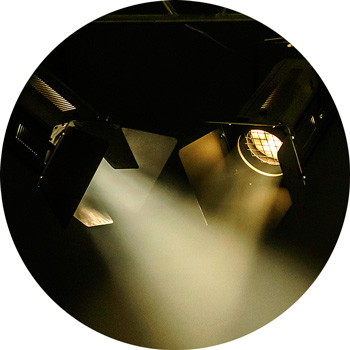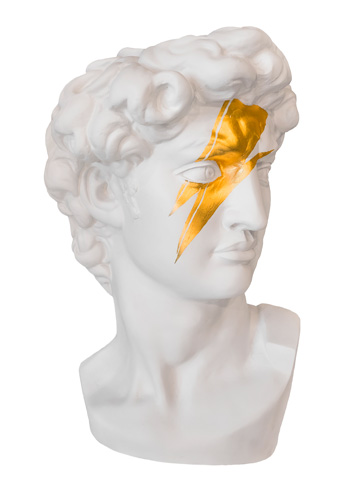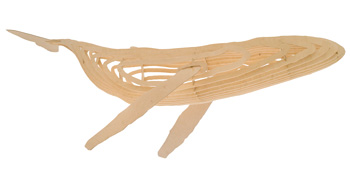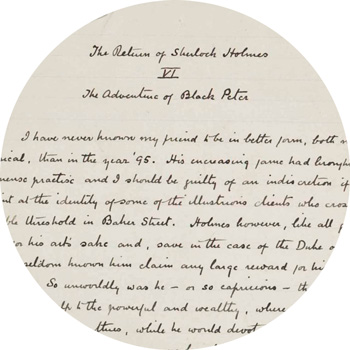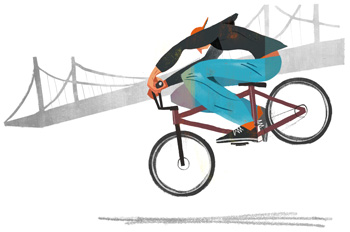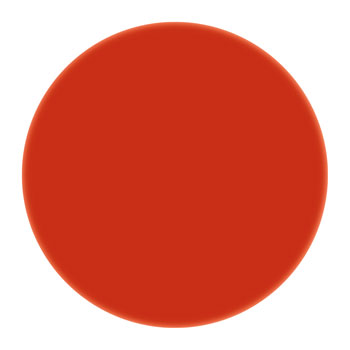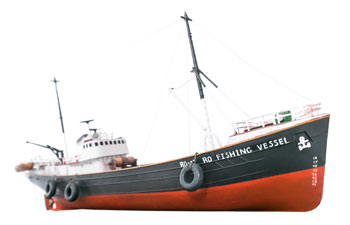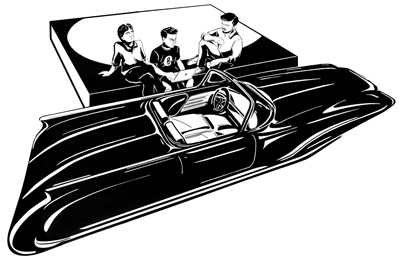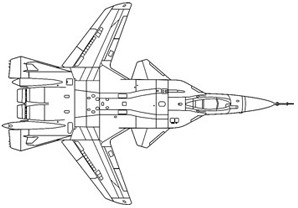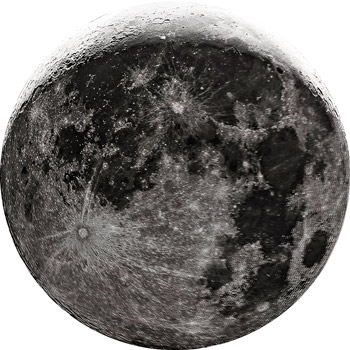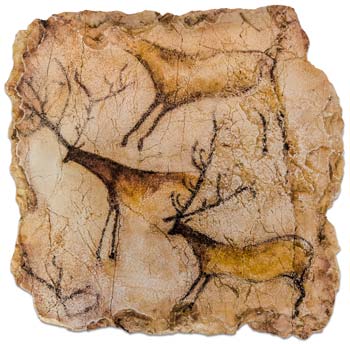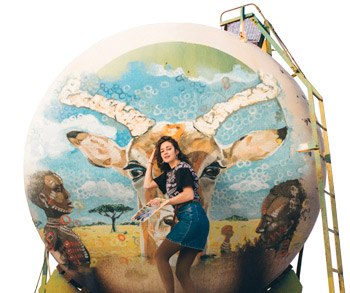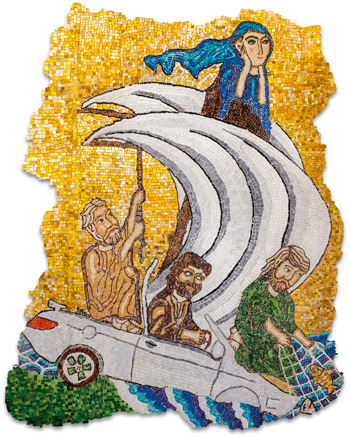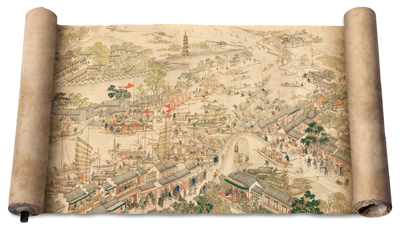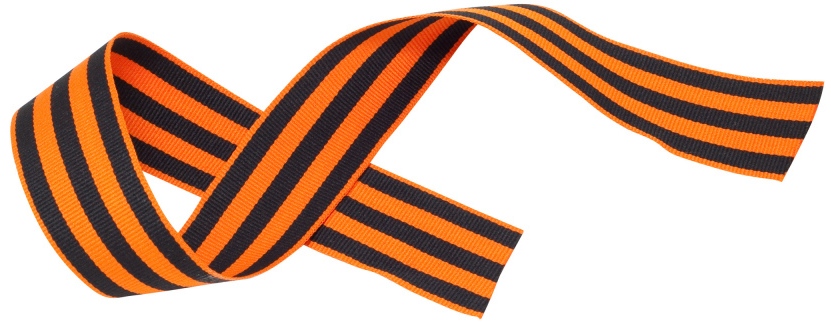At the very beginning, at the time when the work of the unnamed “Scandinavian style” studio was in progress, we used to jokingly call this studio “Sarai” as a code name*. “Carry the screw gun to the shed on the way*, “Today I slept in the shed – guys, it’s sooo cozy in there”, “I still haven’t come up with a name for the studio – if it carries on like this, I am gonna call it “Sarai”… and so, the construction ended, but “Sarai” remained – after thinking for a while, we all realized that, apparently, this name combines an incredible game of meanings, each of which fit perfectly with the design of the studio. The story of the “Sarai” studio will tell you more about this exciting game of senses.
* -The word “Sarai” (“Shed” in Russian) is used in Russia for household buildings in villages for property, livestock and hay storage.

Scandinavian Beginning
A key component in the design of future studio became the natural materials: solid oak, leather, linen, cotton, fur. We wanted to fill the studio, located on the 8th floor above the historic center of Moscow, with warm simple strokes: all what the minimalist Scandinavian design is so famous for. Initially, the adjective “Scandinavian” seemed decisive in the aesthetics of the future interior.

“Outside the
palace,
inside
the shed”*
* – Russian proverb
The Russian proverb, ironically applicable to the result within the course of work, in fact, very accurately describes the move of the “Scandinavian” concept to the Russian “shed”. The sheepskins, a small stack of oak firewood and vertical installations of solid oak similar to the wall with cracks, all gathered in one space started rather quickly to remind us of something our own, something native, as if it was in contrast to the previous search of finished “beautiful” solutions. Thus, we came to “Sarai” as a working title.

We started to play the game and draw analogies. And the first was the idea of the light inspired by the new point of view on the theme of the studio: remembering a cozy picture when during the sunny days the light passes through the wall of an old shed that draws fantastic patterns on the walls, we decided to reproduce this effect in the studio and added it to the vertical installations made of oak. It looks very cozy. Then we added a snow-white bed surrounded with linen curtains, and thus the whole installation has an atmosphere of a secluded nook, protected from the outside world.

Outside the
shed,
inside
the tent.
The latter idea of the nook led us to a more generalized parallels: unexpectedly for ourselves, we remembered that sometimes people in some southern regions of Russia called sarai (sheds) the tents where in the case they were given to the use of the younger generation of the family. From this moment, an adult could no longer enter it without knocking. The shed ceased to be a shed and became a secluded house, a “shelter”, the first place of freedom, and a teenager became the rightful owner of his or her tent-shed. There could take place the first kiss or the first engine start and the start of the first journey on a motorbike through the village. The shed turned out into a place where everything was done with particular trepidation and without formal judgments of beauty. Just as in our “Sarai”.

Inside –
«Sarai» studio,
outside – «sarāi».
The parallel of a cozy house in the spirit of the peasant tent gave another unexpected idea to us when we began to imagine what the future «Sarai» guest will hear in the name even without seeing the inside of the studio. A Russian person might catch some of the irony having seen corresponding domestic construction; for somebody from the West or from Asia the name most likely will remain just a word… and for somebody from the Middle East the first definition will be the one from the Persian word «sarāi», namely, “the palace”.

“A hut full of
laughter is richer
than a palace
full of sadness.”*
* – Russian proverb
If we translate the word from Oriental languages, the name “palace” for a small studio of 35 square meters sounds quite catchy. But this game of definitions in the context of people’s attitude to the shed-tent gave our imagination Russian prowess. Indeed, not without reason it is said “My house is my palace”. Given that our “Sarai” is made to give a feeling of comfort and protection against the outside world, why not a palace then?
Besides, according to one version of the etymology of the Russian word “sarai” it comes from the jokes of the Russian peasants who had given such a name to ordinary sheds as irony on the shed-palaces, and the very name of the capital of the Golden Horde (Sarai Batu). Whatever it was, given the preserved sayings, they didn’t lack wisdom. So our «Sarai» – even if it’s not of an appropriate shape, than certainly of the appropriate content.
Volvo 240
Wagon, «Sarai»
The final coda in placing the the design and semantic accents in the “Sarai” was the work on decorative elements and, in particular, on the selection of a studio symbol which are car models on a 1:18 scale. Ironically, having started this studio with the Scandinavian style, making that the base and then letting us get carried away by the play on words with the Russian “shed”, we suddenly came to another Nordic note at the end of this legend: our choice fell on the red Volvo 240 Wagon. This Swedish car perfectly fit into the color and stylistic palette of the studio.

But the special final stroke here was the fact
that not only was “Shed” a household construction
in Russia, but also the ordinary old station wagons
are a symbol of honor due to their special spacious-
ness and indispensability in matters of economy.
Just like this model, for example.
Share:
Read about this
studio sibling on
the Tree of Legends:



